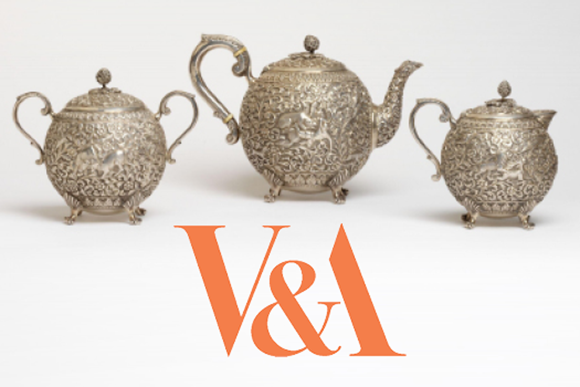What is D&T in primary schools and why is it important?
What is Primary Design and Technology?
Are you really teaching D&T? View this video, the first of a number for Primary members.
Design and Technology education involves two important elements - learning about the designed and made world and how things work, and learning to design and make functional products for particular purposes and users.
Children acquire and apply knowledge and understanding of materials and components, mechanisms and control systems, structures, existing products, quality and health and safety.
The skills learned in D&T also help with learning across the curriculum. Knowledge about the properties of materials helps in science and the practice of measuring accurately helps in maths. These skills help in IT through the children’s use of computer control and, naturally, in art and design.
Design and Technology education helps develop children’s skills through collaborative working and problem-solving, and knowledge in design, materials, structures, mechanisms and electrical control. They are encouraged to be creative and innovative, and are actively encouraged to think about important issues such as sustainability and enterprise.
There are three core activities children engage with in Design and Technology:
- Activities which involve investigating and evaluating existing products
- Focused tasks in which children develop particular aspects of knowledge and skills
- Designing and making activities in which children design and make 'something' for 'somebody' for 'some purpose'
These three activities are combined in sequence to create a Design and Technology project.
Take a look at our checklist for maintaining integrity in Design and Technology - you may find it useful.
Why is primary D&T important?
Design and Technology is about providing opportunities for children to develop their capability. By combining their design and making skills with knowledge and understanding they learn to create quality products.
D&T is often one of a child’s favorite subjects. Children like making decisions for themselves and doing practical work. They love creating products they can see, touch – and even taste – for themselves. They feel proud to have done so.
D&T brings learning to life. It is a motivating context for discovering literacy, mathematics, science, art, PSHE, and ICT. Primary Design and Technology also provide a firm basis for later learning in the subject and a platform for developing skills in literacy and numeracy.
D&T in Early Years
The statutory framework for Early Years Foundation Stage (EYFS) was introduced in September 2012, and updated in 2021 and clearly identifies and strengthens the role of design and technology. A useful guide: 'Opportunities for Developing Design and Technology in the Early Years Foundation Stage Framework 2021' is available to download from the Association shop and is free to members. This has advice around effective D&T practice and has been produced to align with the non-statutory guidance from ‘Development Matters’ (2000) and the most recent statutory framework. The framework can be downloaded from the Department for Education website.
Working together for primary Design and Technology
Primary Design and Technology is a perfect example of head and hands working together. For children, having to think about specific purposes and users for their products is much more demanding than simply following instructions to make something. Children have to think, decide and plan, as well as go and create. Which makes the results as rewarding for you as they are for them.
A useful skills and resources audit has kindly been shared with teachers by Joanne Debić - see below.
Join Now
Design and Technology (D&T) is the inspiring, rigorous and practical subject which prepares all young people to live and work in the designed and made world.
We are focused on giving you the tools, knowledge and information you need to become more effective, more experienced and more efficient. Giving you access to expert opinions. And creating a place where you can air your views, ask your questions and so help make a difference to your life and those of your pupils. We want to hear from you. We want to know how we can help. And we want you to join us.






